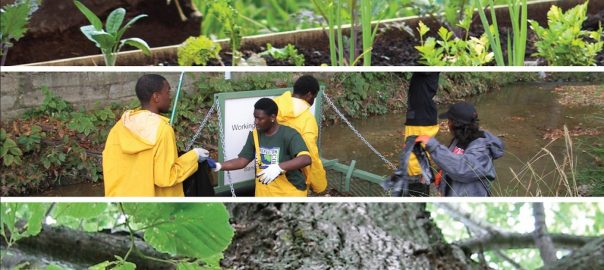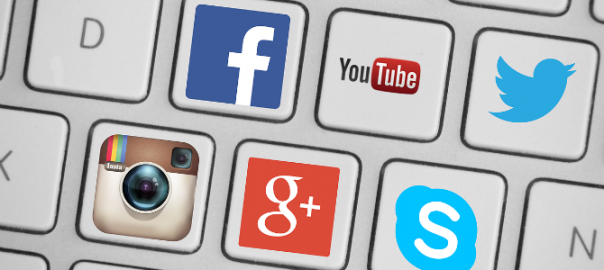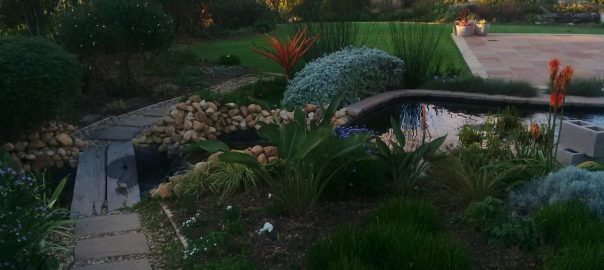A review of Civic Ecology, Adaptation and Transformation from the Ground Up, by Marianne E. Krasny and Keith G. Tidball. 2015. ISBN: 9780262028653. MIT Press, Cambridge, MA. 328 pages. Buy the book.
Krasny and Tidball’s Civic Ecology is a book that promises something different—and then actually delivers. The book sets out a clear mandate to demonstrate the notion of “civic ecology” and, to this end, presents an array of case studies showcasing people and their practices towards “transforming broken places” through their engagement with community and nature.
At the outset, the authors present their “two pillars”, drawing on the work of two historic figures pertinent to American history. They look to Alexis de Tocqueville, who wrote about civic engagement in his travels across America in the 1830s, for their notion of “civic”, and to Aldo Leopold, one of America’s earliest ecologists, for a definition of “ecology”. They make no apologies for their singular selections and come up with clear and interesting definitions and principles that in turn can be readily applied to the case studies in the book.
Ten principles are set out to guide the reader; while none of these is in-and-of itself spectacular, I have yet to see these values presented together in this manner, in a way that is clear and uncluttered by more traditionally academic writing. What follows is a rich collection of stories from “stewards” and reflection pieces ordered to illustrate each of the 10 civic ecology principles. Through this arrangement, the varied (both geographically and in character) content speaks to the emergence of civic ecology in broken places, the exceptional nature of stewards in their pursuit of civic ecology, and how civic ecology builds community, draws on socio-ecological memory, produces ecosystem services, fosters well-being, and provides opportunities for learning.
 The authors demonstrate the role of systems in civic ecology, including notions of scale, partnerships, and cycles of chaos and renewal. In concluding, the authors bring the text back to what is possibly a more comfortable and conforming space in positioning civic ecology within the realm of policy makers. The content is well written and the voices of the stewards are evident, making the work feel fresh and relevant. I was, of course, delighted to see the inclusion of cases from both the Global South and Global North. For a glimpse of just a few—we meet Helga Garduhn and Marian Przybilla from Germany, who share their story of seeking a united environmental community following the fall of the Berlin Wall; Mandla Mentoor, who grew up in a township in South Africa and seeks to draw communities together through engagement with art and nature; and Nam-Sun Park from South Korea, who carries out restoration projects under the banner of United Nations’ action plan on sustainable development, Agenda 21.
The authors demonstrate the role of systems in civic ecology, including notions of scale, partnerships, and cycles of chaos and renewal. In concluding, the authors bring the text back to what is possibly a more comfortable and conforming space in positioning civic ecology within the realm of policy makers. The content is well written and the voices of the stewards are evident, making the work feel fresh and relevant. I was, of course, delighted to see the inclusion of cases from both the Global South and Global North. For a glimpse of just a few—we meet Helga Garduhn and Marian Przybilla from Germany, who share their story of seeking a united environmental community following the fall of the Berlin Wall; Mandla Mentoor, who grew up in a township in South Africa and seeks to draw communities together through engagement with art and nature; and Nam-Sun Park from South Korea, who carries out restoration projects under the banner of United Nations’ action plan on sustainable development, Agenda 21.
The book is peppered with the active voices of these civic ecology stewards, and their stories are nothing short of inspirational. These stories are carefully woven together with chapters that reflect on the emerging narratives in relation to the authors’ guiding principles. In all respects, the book manages a balance between its clear direction, as set out in the guiding principles, and a clear purpose emphasized by the more understated narrative and reflection. The reader is never left feeling cramped or stifled.
As someone who teaches urban ecology, I think this is a most refreshing addition to the otherwise predictable, traditional academic texts in this field. The combination of diverse case studies with normative directives provides excellent material for postgraduate teaching, where students can be both exposed to a diversity of experiences and provoked to consider their own civic duty, and—more broadly—what constitutes civic duty. I thoroughly look forward to introducing the book to my class this year and imagine I will draw on it for teaching and personal inspiration for years to come.
Pippin Anderson
Cape Town
For more thoughts about this book at The Nature of Cities, click here.












An excellent and accurate review of this important book….. The book itself would appeal to an interested citizen who would appreciate the erudite, informative writing……It inspires one to vet Civic Ecology.
An excellent and accurate review of this important book. An interested/curious citizen would find this book an erudite, informative and most interesting read……It inspires one to vet Civic Ecology.
Thanks Pippin for your review! Please let us know the reactions of your students. We are particularly interested in any critiques and ideas for research/ outreach. Thanks so much! Marianne